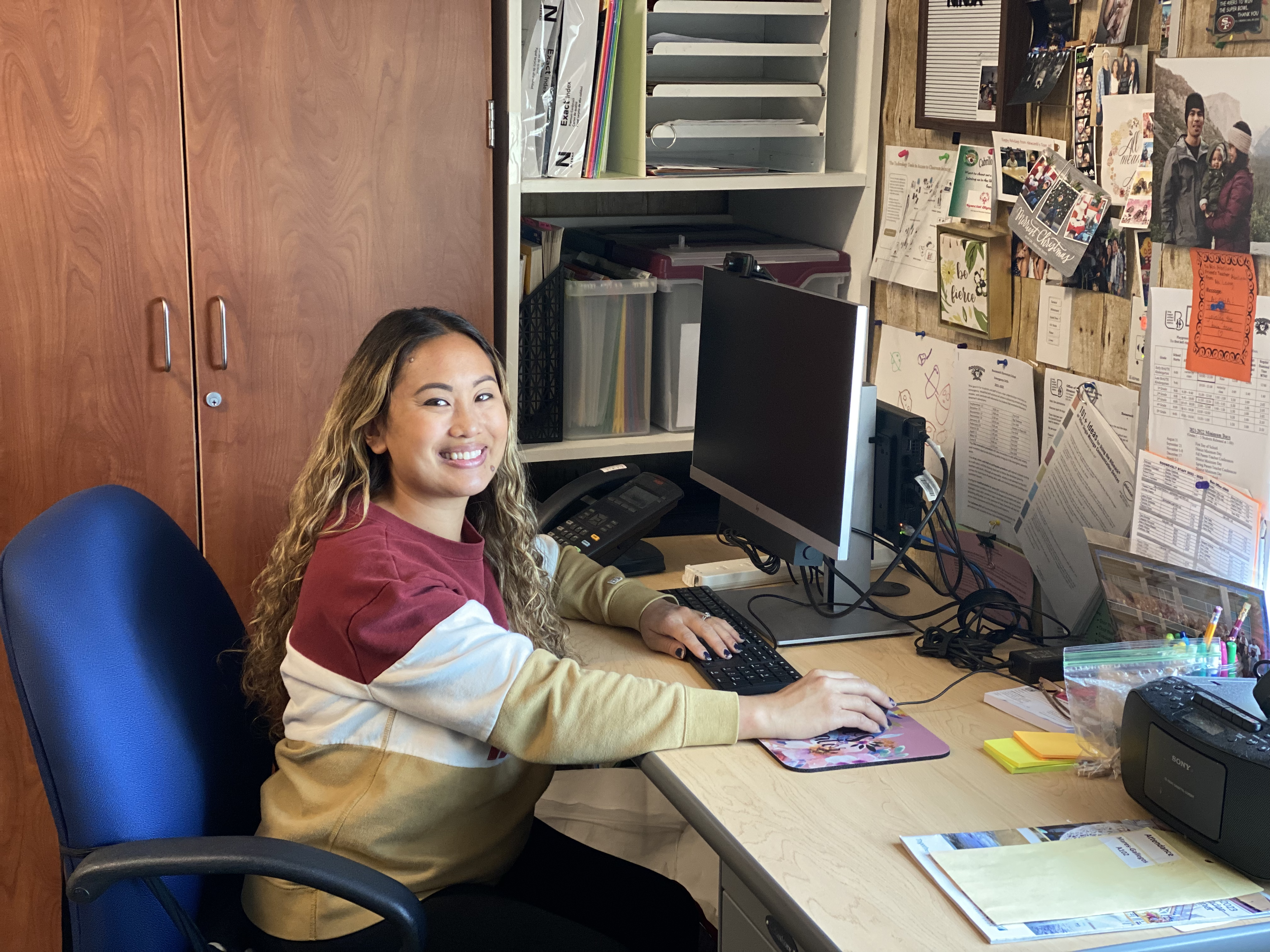If you are reading this post you are most likely a special education teacher looking for some guidance to help students with orthopedic impairments in your classroom. As a special educator for 8 years, I’ve worked with many students with severe disabilities, including physical impairments. I want to share some specific accommodations you can make for students with orthopedic impairments in the educational environment to help them be successful.
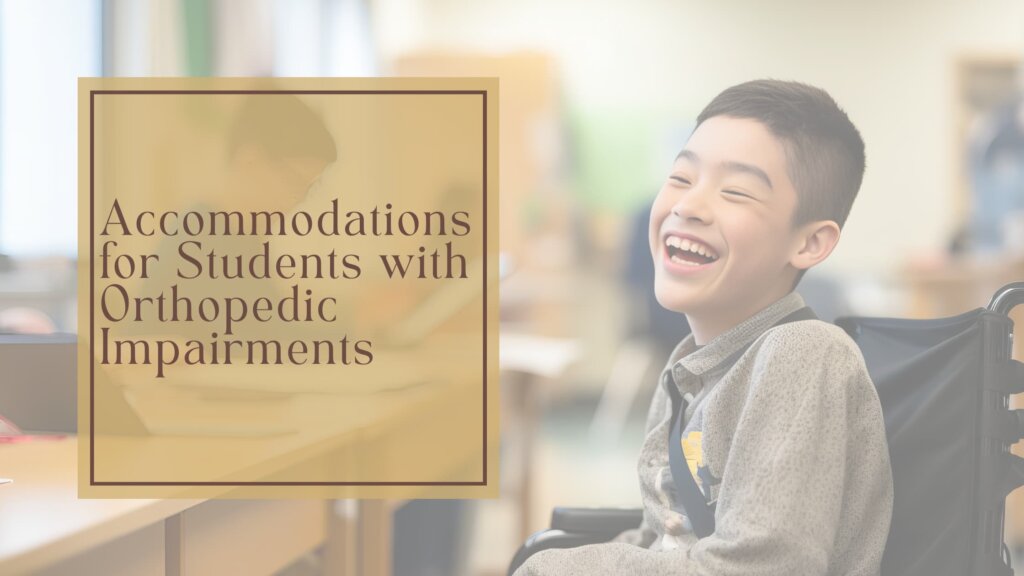
In Special Education, What’s the Definition for an Orthopedic Impairment?
First off, let’s talk about what the exact definition of an orthopedic impairment is:
According to the U.S. Department of Education and IDEA (Individuals with Disabilities Act), “an educational orthopedic impairment means a severe orthopedic impairment that adversely affects a child’s educational performance. The term includes impairments caused by a congenital anomaly, impairments caused by disease (e.g., poliomyelitis, bone tuberculosis), and impairments from other causes (e.g., cerebral palsy, amputations, and fractures or burns that cause contractures).”
Put more simply, orthopedic impairments involve physical disabilities which could affect the academic process.
An evaluation is required for a disability to be classified as an orthopedic impairment. This process varies between school districts and state laws, but it generally includes a medical assessment performed by a doctor that shows how the physical impairment may impact a child’s academic performance.
Different Types of Orthopedic Impairments
There are many different types of orthopedic or physical impairments. Some different examples include:
- spina bifida
- cerebral palsy
- muscular dystrophy
- congenital conditions
- paralysis
Due to the unique needs of each individual, as a special education teacher you will need to include classroom accommodations for these students in their Individualized Education Plan (IEP).
Modifications for Students with Orthopedic Impairments
There can be many educational challenges related to a student’s mobility impairments.
So you might be wondering…what are some accommodations for students with orthopedic impairments?
The doctor’s input plays a huge role but overall, the child’s IEP team has to plan out an individualized education program based on the student’s ability in the education setting. Some modification may need to be made to the school setting so that the student has equal access to the same education as their peers.
Each student of course has a case-by-case basis depending on the degree of severity of the disability, as well as their functional limitations. A student with a severe physical impairment could potentially have trouble maneuvering around the classroom if they are in a wheelchair, participating in P.E. the same way as their general education peers or even trouble communicating during educational activities.
Let’s look below at some different modification and accommodations that can be made.
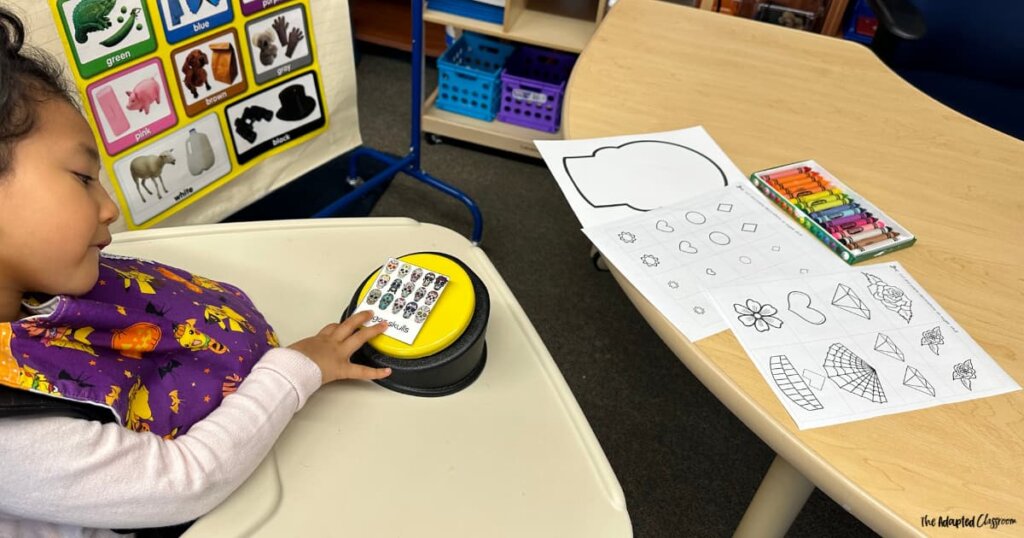
Examples of Modifications and Accommodations for Students with Physical Disabilities:
Here is list of possible accommodations for students with orthopedic impairments:
- extra time or extended time to get to class or complete an assignment
- Preferential seating in class if a child has a wheelchair or walker (close to the door)
- accessible transportation
- special arrangements for moving between the hallways easily between class periods, getting outside during a fire drill, etc.
- extended test taking time
- Frequent breaks
- note-taking assistance for older grades
- providing an adjustable desk or table
….the list goes on! These are just a few examples that I have written in IEPs for my students
One big thing that we do in our classroom is implement the M.O.V.E. program for all students with physical disabilities. You can read more about how we do that HERE.
Assistive Technology for Students with Orthopedic Impairments
If a student has a severe physical impairment, it can affect their gross motor skills or fine motor skills immensely. Depending on the medical condition, it can even affect a child’s speech and language skills.
This is when assistive technology comes in really handy to help meet a student’s needs.
Simply put, assistive technology refers to any device, software or equipment designed to help people with disabilities perform tasks that might otherwise be difficult or impossible for them.
The goal of assistive technology is to promote independence, inclusion and accessibility for individuals with disabilities across various aspects of life, including education, employment, communication and daily living activities.
I have worked with many students with multiple disabilities over the years and I am a firm believer that as a teacher, you have to presume competence with every single student in your class, no matter how challenging their disability might be. It is up to educators to understand how a student learns best and teach that way, so that every student on your caseload can be successful.
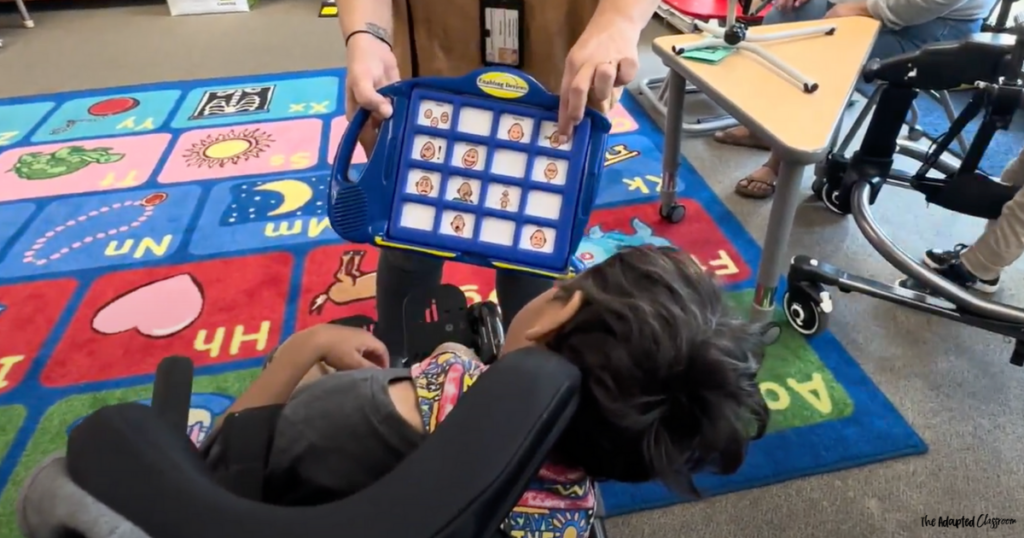
Assistive Technology and AAC
Examples of Assistive Technology for Orthopedic Impairments:
- Voice Recognition Software: This technology allows students to dictate text instead of typing, which can be helpful for those with limited mobility or dexterity.
- Alternative Input Devices: Devices such as specialized keyboards, trackballs, or joystick controllers can provide alternative ways for students to interact with computers and other electronic devices.
- Switch Access: Switches can be used as alternative input devices, allowing students to control electronic devices with simple movements, such as pressing a button or tapping a switch.
- Adjustable Furniture and Equipment: Adjustable desks, chairs, and other furniture can be customized to accommodate the specific needs and comfort of students with orthopedic impairments.
- Speech-to-Text Software: This technology converts spoken words into written text, enabling students with orthopedic impairments to participate in written communication more easily.
- Page Turners: Devices designed to assist with turning pages in books or magazines can be beneficial for students with limited hand mobility.
- Audio Books and Text-to-Speech Software: These tools provide auditory access to written material, allowing students to listen to textbooks, articles, and other educational content instead of reading them.
- Mobility Aids: Devices like wheelchairs, walkers, and mobility scooters can enhance students’ independence and ability to navigate their environment both inside and outside of school.
- Adapted Physical Education Equipment: Modified sports equipment and assistive devices can enable students with orthopedic impairments to participate in physical education and recreational activities alongside their peers.
Augmentative and Alternative Communication (AAC)
AAC refers to a set of tools, strategies, and techniques used to supplement or replace spoken language for individuals who have difficulty communicating verbally.
AAC interventions are often individualized and may involve collaboration among speech-language pathologists, special educators, occupational therapists and other professionals to ensure that the chosen system meets the unique needs of the individual user.
I use AAC a TON with my severe needs special education class. My biggest goal is to always make using AAC fun for students! Check out 10 fun AAC Activities for Your Classroom!
2 Types of AAC:
There are 2 different categories of augmentative and alternative communication:
No Tech/ Low Tech AAC
Low-tech AAC refers to communication methods that do not require electronic devices and are typically simpler and more accessible.
Examples of no tech AAC would be something like a picture communication boards or communication books.
I use these daily in my classroom with students that have severe communication needs. These boards consist of pictures or symbols representing various words, phrases or concepts. Students can point to the pictures to communicate their wants and needs.
GRAB THE AAC COMMUNICATION BOOK HERE
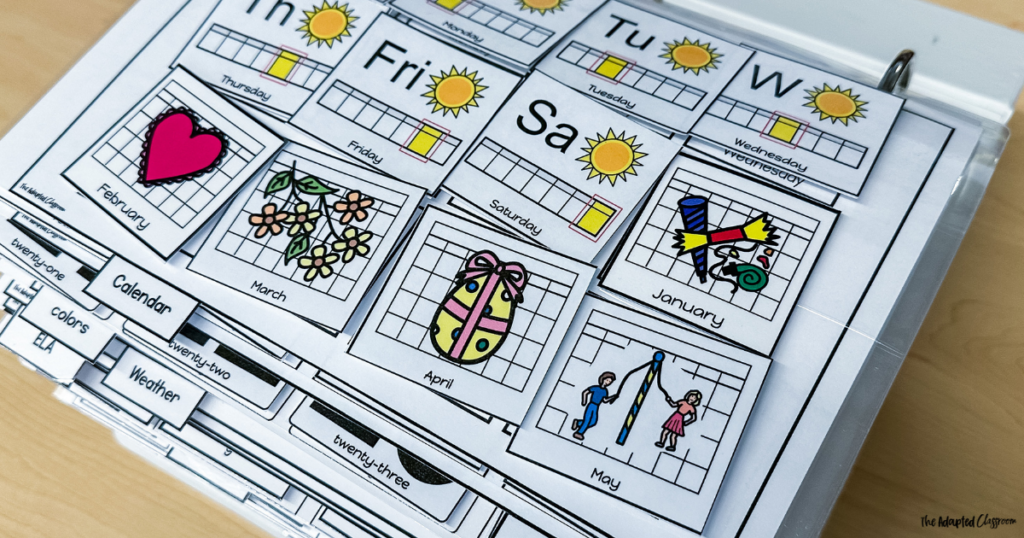
High Tech AAC
High tech AAC would be communication systems or devices that utilize advanced technology to assist a student with communication.
This is when you are considering something like a Tobii Dynavox, an eye gaze system for students who have no mobility in arms or even legs.
YOU MIGHT LIKE: 5 Tips for Using AAC for the Classroom
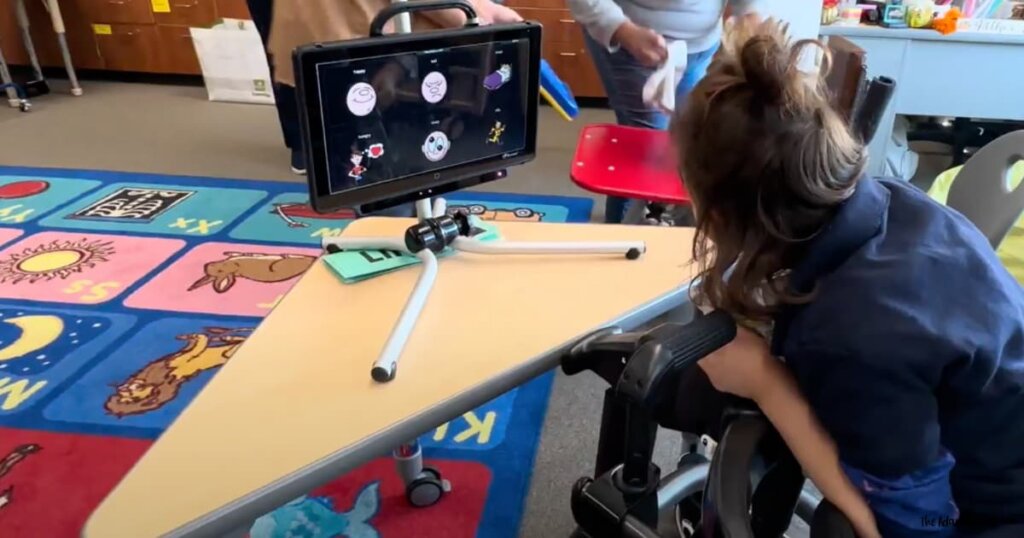
Instructional Strategies for Students with Orthopedic Impairments
I’ve been teaching students with severe needs and multiple disabilities in special education for many years now and here is my biggest takeaway:
ALL students can learn and be part of general education classrooms if you give them the correct instructional accommodations.

